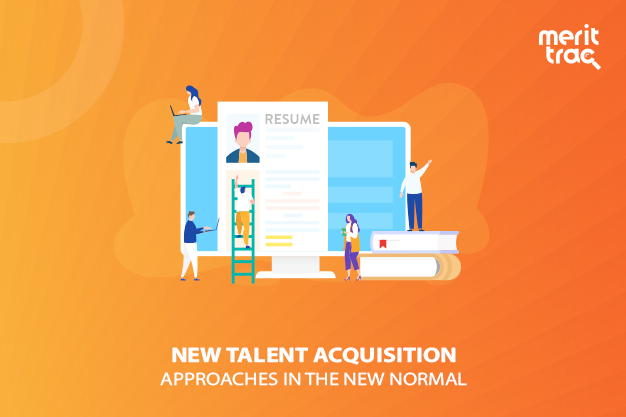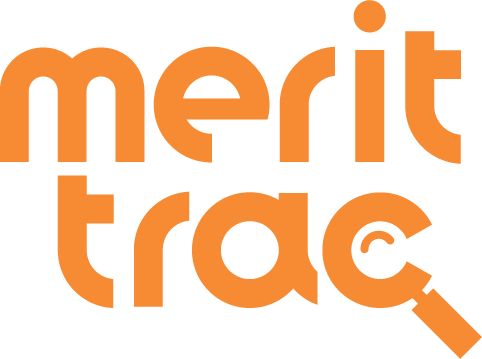
New Talent Acquisition Approaches in the New Normal
Date: 16/11/2020 | Posted by: Ajmal V, Content Strategist | Category: Assessment , Corporate , Employee Assessment , Hiring , Talent Assessment
Coronavirus pandemic resulted in an overnight change in the way we work, which was considered impossible earlier. The work from home, meeting through video conferencing tools, the boom of e-commerce, digital transaction and e-Learning have become widespread across the globe. After a short hibernation, the hiring and onboarding of new employees resumed, however, the companies making hiring decisions underwent a transformation.
Hiring in India plunged in March, April and May, 2020. From June, the hiring was rebounded after the government decision for phased reopening. In September, the hiring in key sectors such as pharma, FMCG, IT and education witnessed a 24% growth compared to the previous month, according to a new report by a job portal Naukri. It was a marked recovery from a 35-60% decline in the last few months. Hiring in automobile sector grew 29% in September.
Fresher hiring is also exhibited an optimistic level compared to those of March-April, the openings dropped to 1.5 lakhs from an average of 5 lakh per month prior to the pandemic outbreak. According to Teamlease.com and Fresherswold.com data, the current openings for freshers is 3.5 lakh and likely to continue till the end of FY21. The sectors where these freshers recruitment is taking place the most include EdTech and e-Learning followed by healthcare, HR tech and FinTech. Besides, FMCG, IT and ITES, Manufacturing, BFSI, Telecom, and Semiconductor industries have also sprung back into action.
Towards new hiring strategy
On the upside, employers now have access to a larger talent pool, thanks to changing workplace dynamics and the number of workers displaced due to the economic effects of the virus. But some hiring managers are relying on old-fashioned tactics and scrutinizing through mounds of resumes when the best candidates may still be employed.
Before the pandemic, some employers were stockpiling talent, even if there were no open positions. Today, organisations are more methodical and prudent in scheduling interviews and making job offers. Still, these corporate employers may be losing the opportunity to bring the best workers on board.
In the new normal, productivity and agility of the workforce come into fore as the general economic condition is dynamic. Hence, the hiring strategies and approaches also require a wholesome change.
Followings are new strategies organisations can consider in their hiring decisions:
1. Evaluate your hiring approach
Until March, sourcing top talent was a monumental task. As such, hiring managers enlisted external recruiters or depended on mass placement drive or job fair to source candidates. Job portals and social media were also the preferred platforms to advertise and collect resumes and applications. The selected candidates were evaluated through screening tests and face-to-face interview which used to lead to final discussions on salary and benefits. After all these stages, the employer issued an offer letter and onboard them.
Today, this strategy is not completely possible since the social distancing norm is mandatory and the work from home is the most common culture. Sourcing candidates continue as mentioned above but other steps have undergone tremendous changes since the majority of the jobs in the corporate world is now in remote mode. Hence, most of the companies are relying on online assessment software to execute the skills and conducting interviews through video conferencing applications to offset the face-to-face interview.
A new approach is emerging that enables companies to pay only for the services they need while enabling recruiters to take a deeper dive (hence, the research) in matching a candidate’s qualifications and abilities with the position. It is the best strategy at a time when budgets are tight but the need for talent remains strong. recruitment research helps the leaders in making better decisions about how they identify and hire the right people. It also is a strategic process that enables them to fill their immediate hiring needs and develop a talent pool to fill future vacancies.
2. Expanding the talent pool
Covid-19 was a lesson for the companies to expand the hiring limits. Now, the virtual workplace enables the employees to work from anywhere to suit them. Remote work has now more acceptance than ever. A survey conducted by PwC found that 83% of office workers are eager to work from home at least one day per week. Similarly, employers not only realize that they can transition to a remote workplace when needed, but 55% anticipate maintaining at least a hybrid (remote and in-office) workplace in the future. Therefore, it is a critical time for the organisations to look out talents from a wider area.
3. Utilizing existing workforce
Till Covid-19 outbreak, organisations overlooked the members of the team to fill urgent requirements. The pandemic has opened the eyes of employers to look within to find a suitable candidate among the workforce. Usually, some candidates could assume new roles or additional roles while working on their designated position. Some may be talented enough for a separate position. Hence, the companies can look for internal hiring or promotions of existing staff to fill the vacancies rather than hiring a fresh candidate.
Harvard Business Review noted that from the end of World War II through the 1970s, corporations filled 90% of their positions through promotions or lateral assignments. That number then dipped to one-third or less, but LinkedIn’s Global Talent Trends 2020 report shows that internal hiring is making a comeback, with 73% of talent acquisition professionals saying it is increasingly important to their company.
4. Recruit for capability
For years, we have been listening to that majority of the jobs will not exist in five or ten years. Also, we are witnessing jobs becoming obsolete in different sectors along with the adoption of new-age technologies. While considering skills and experience remain important factors in hiring decisions, the employers should think about the flexibility, agility and adaptability of employees as and when the employment ecosystem change. Companies that hire workers with future in mind will have an edge.
5. Streamline the onboarding
Once a candidate joins the company, he/she should be given an opportunity to experience the organisation culture and get along with the leaders and colleagues. Now, in the remote work mode, it is almost impossible. Hence, the hiring managers and employers should adopt an equal chance for all new employees with available resources such as induction/fresher programs, assigning a buddy from the seniors, including them in refreshing video meetings with leaders and other employees etc. These strategies will work help them fully onboard and begin their job effortlessly.
How the pandemic will continue to transform businesses further is yet to be seen. At the same time, the resumption of hiring is exhibiting a positive growth while utilising the new strategies in the normal. However, the organisations need to adopt new hiring approaches to enable a smooth transition from the old style.
BackOnTrac from MeritTrac
With an exciting limited-period offer, MeritTrac, India’s leading assessment and testing company, has launched BackOnTrac an assessment package, which includes 20 assessments – 10 Psychometric & 10 Cognitive Assessments – at a rock-bottom price of INR 2020. The corporate companies, startups and SMEs can avail this package to assess candidates’ capabilities in order to ensure a perfect hire. Contact us to know more!












 Sales Hotline: USA: +1 646 916 0939 / Others: +91 80619 14700
Sales Hotline: USA: +1 646 916 0939 / Others: +91 80619 14700


